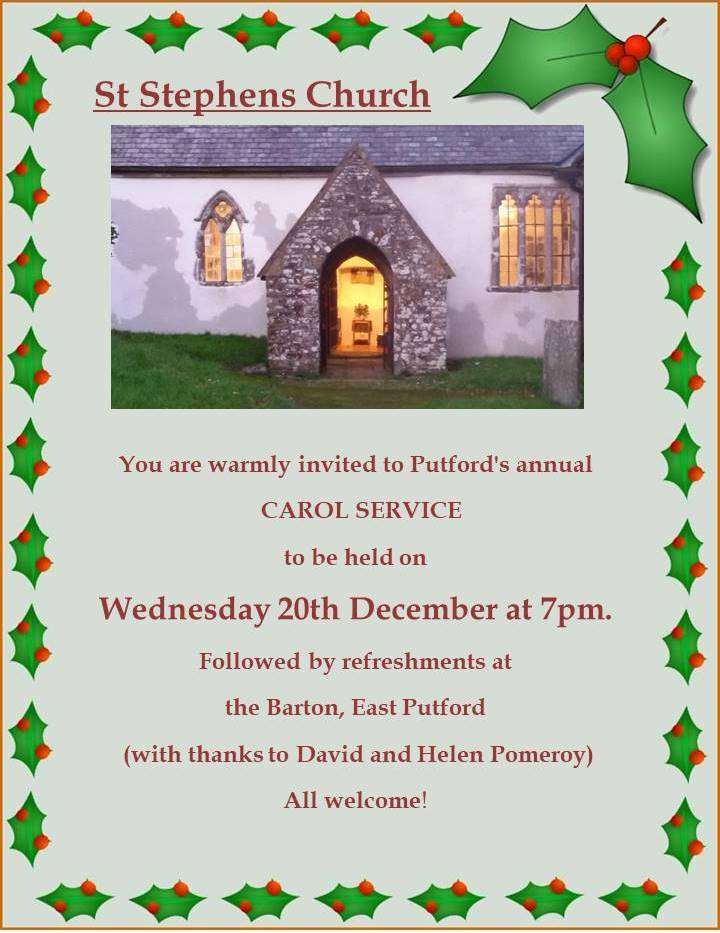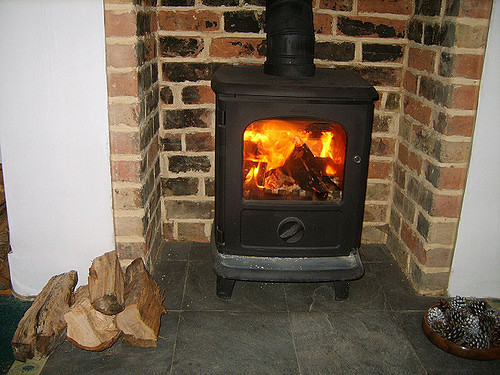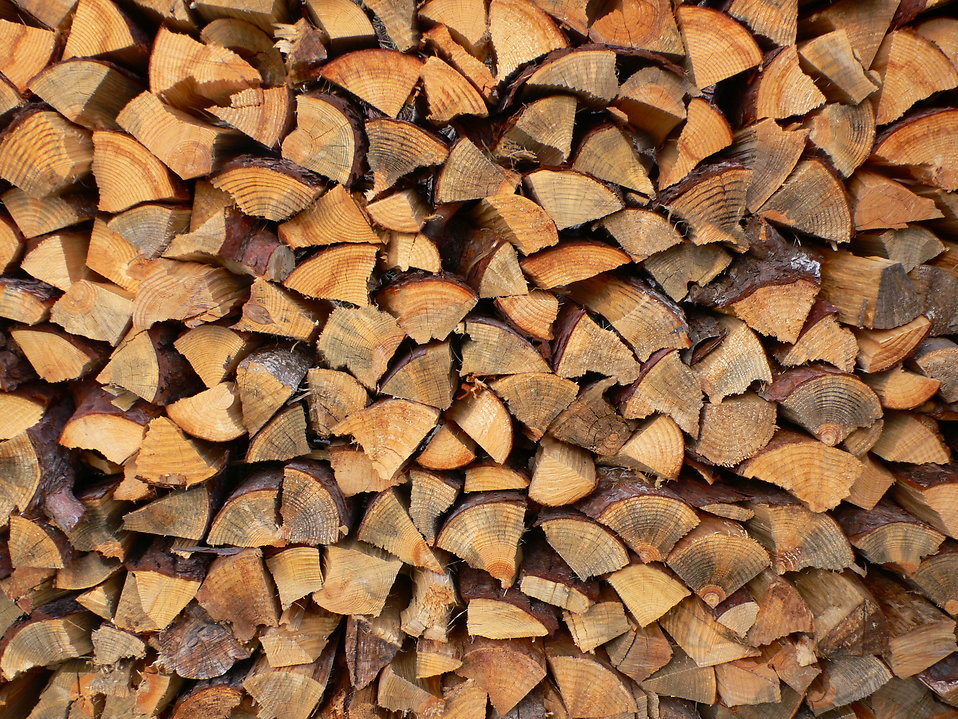Last updated - December 2017


Long House Friends Group for North Devon Hospice
North Devon Hospice are looking to set up a friends group in Holsworthy. The friends groups give support to organise amazing fundraising events and these funds will go directly to support the work of The Long House. By becoming part of the group, you will be making a huge difference to those we care for. This is a great chance to get involved in some really fun events and activities, while also socialising with like-minded people from the local area.
Anyone who is interested in finding out more about being involved in a friends group for The Long House can contact Jess on 01271 347213 or by email jessburfordredgrove@northdevonhospice.org.uk
Tips for using a Log Burning Stove

Use well-seasoned (dry) wood. Seasoned wood feels light compared to newly cut wood (of the same type) and sounds hollow when you tap two pieces together. Generally wood needs to be seasoned (covered from the rain, raised off the ground, well ventilated and preferably in sunshine rather than shade) for two summers. Hard wood is preferable - soft wood burns more quickly so the fire needs re-filling frequently.
Use plenty of paper to get your kindling sticks going. Crumple the paper LIGHTLY, to get a fast, hot burn. Add your kindling sticks on top and stand some on end at the front of the fire. If you have greasy/oily pans after cooking wipe them with kitchen towel and save them for the fire - they work as excellent fire-lighters. Better for your drains too!
Light the paper at the base and push the door to straight away, without fastening it closed, to create a turbulent flow of air into the fire which helps the fire spread to all the paper quickly.
Once the paper is burning strongly fasten the door closed, ensuring the top and bottom vents are fully open first.
In a short time (a minute or two) the kindling will be burning strongly. This is the time to add a few small logs. Don’t add too many at one time, or you may quench the fire. Continue adding a few logs at intervals, using larger logs as the fire becomes stronger. While doing this minimise the time the door is open. Keeping the door open allows too much cool air into the fire and will quickly dampen down the fire. Try to position the logs with about 1-2 cm between them to allow a good air-flow, while being close enough so that they help each other burn.
Once the fire is well-established (probably in about 10 minutes) and giving out substantial heat, start to close the bottom vent a little at a time. If you do this too quickly you may start to quench the fire. In time you will be able to fully close the bottom vent. This slows the burn, your wood lasts longer, while not wasting too much heat up the flue or drawing too much cold (replacement) air into your house.
Start to close your top vent too if your fire continues to burn well, further improving the efficiency of your fire. If you find that this starts to cause your fire to die down then re-open the vent sufficient to sustain the burn. While you still have flames from your wood (as opposed to just hot glowing ‘coals’) leave the top vent partly open to avoid sooting up the glass.
Signs of an efficient burn are:
there is no hissing noise when you open the door of the stove (this is the noise of moisture being boiled off showing that your wood is not sufficiently seasoned).
Blue tinges to the flames (like a gas ring/ bunsen burner) rather than purely yellow/orange flames.
Flames seem to ‘float’ gently in the air, as opposed to a fierce burn.
Sooty blackness on the fire bricks on the walls of your fire burns off to give a clean, light-brown colour.
The air-flow into the fire is not noisy (air vents only open small amount).
Go outside and look - no smoke from your chimney!
Don’t worry about cleaning out ash too thoroughly - the ash provides some insulation at the base of the fire and helps establish a strong burn. If your fire is burning efficiently you will rarely need to clean your door glass with anything other than a quick rub with the paper that you light your kindling with.
Review your user-guide instructions from time-to-time especially with regard to maintenance (cleaning, inspecting for gaps/cracks, renewing seals, having the flue swept annually).

Torridge District Neighbourhood Watch
Torridge NHW covers the areas of Bideford, Holsworthy and Torrington and we are proud that it is one of the safest places in England and Wales. Our aim is to help the police to keep it as a very low crime area by “increasing the awareness of crime without increasing the fear of crime”. The public plays a vital role in helping the police to reduce crime and NHW is a popular way for people of all ages and backgrounds to get involved. It is a proven fact that neighbourhoods covered by a Watch scheme tend to be less likely to become victims of burglary and other crimes. Watch schemes can vary in size from just two or three residents up to several dozen on an estate or block of flats and the schemes help to foster neighbourliness and community spirit which go towards building better communities. For further information and contacts please look at our website at:
http://torridgenhw.ourwatch.org.uk or call Tom Carrick, our chairman, on 01237 474031

The Putford Post Committee would like to wish everyone a very happy Christmas! To help you pass the time while digesting the mince pies, here are some (useless) facts about the festive season:



